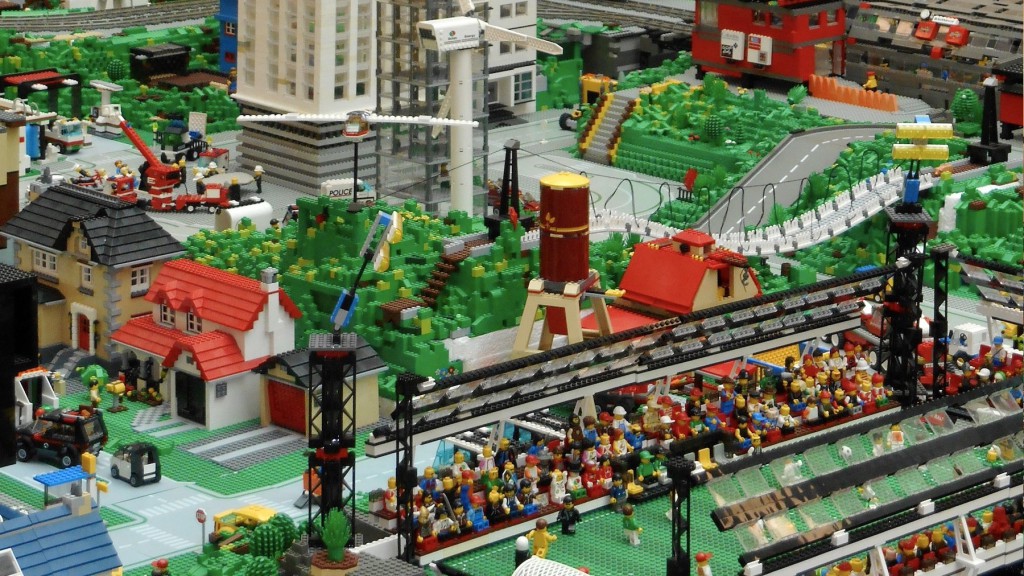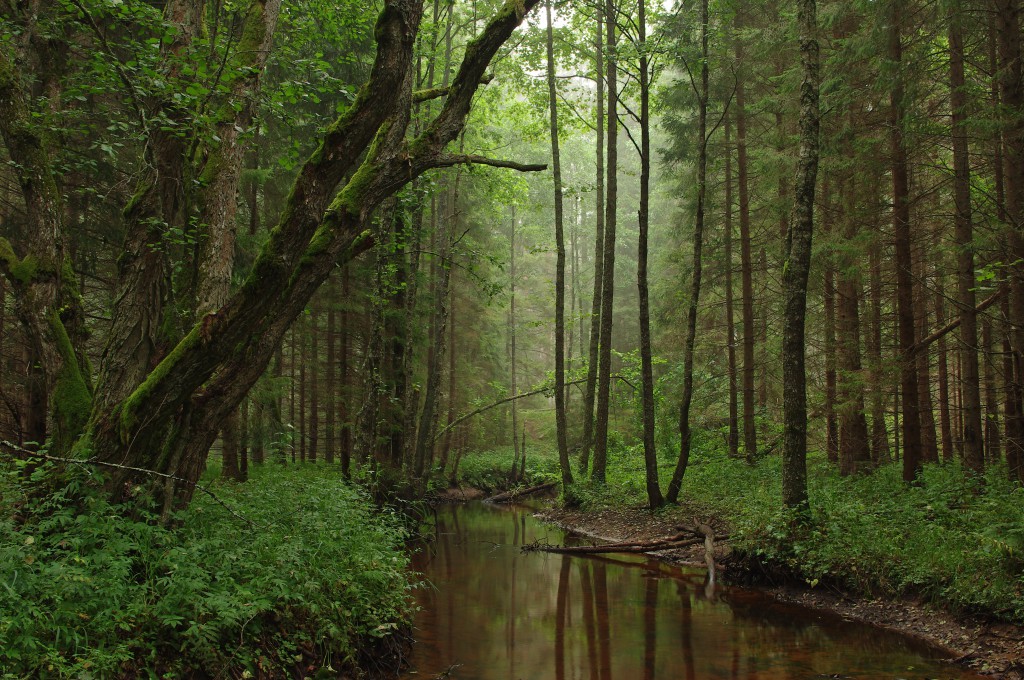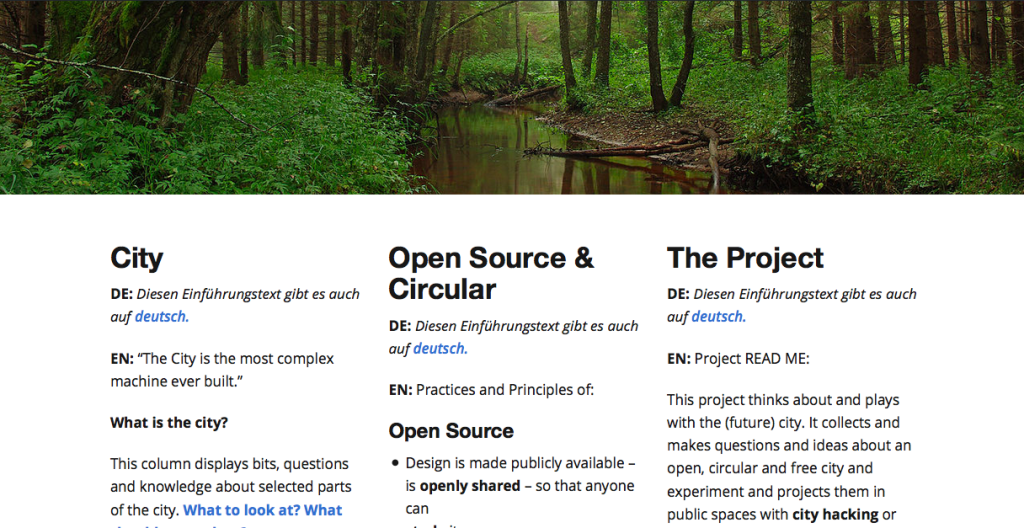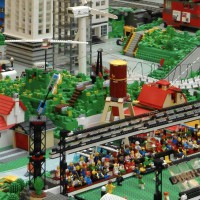New City Hacking Project: The City is Open Source, Free & Circular
(english & deutsch)
Hi, thanks to the invitation of the Kultursekretariat Gütersloh, i have the time and resources to take a break from the OSCEdays and do/start another real fun project this summer.
„The City Is Open Source thinks about and plays with the (future) city. It collects and makes questions and ideas about an open, circular and free city and experiments and projects them in public spaces with city hacking or street art techniques.“
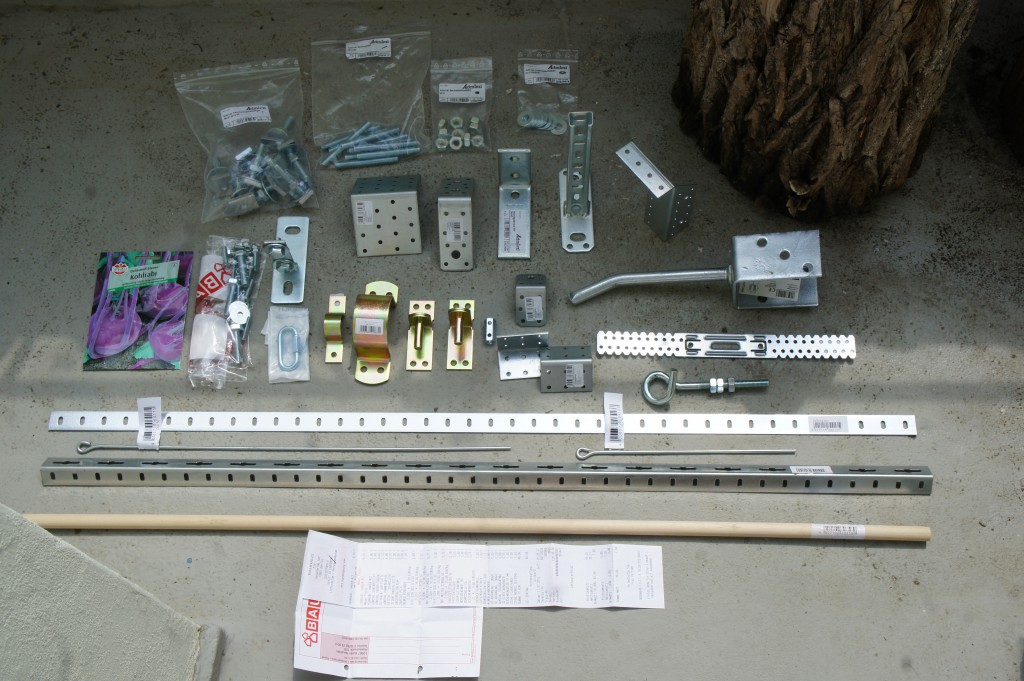
The project is open source, of course, i develope an open Toolbox for it, which i hope will turn out to be a good study about circular and open product & infrastructure design.
I’ll use that project to experiment more how Open-Source-Methodology outside of the world of software could work. The column-structure is the approach for now. Lets see. I will write about the experience, if it turns out to be interesting.
In the context of that project i’ll also have an exhibition in Viersen – in a way my third exhibition ever. Updates about that will follow soon.
As an end to this post a quote from the project:
„[The Project] trys to explore positive visions and utopias for our future. And those are much harder to develope these days and therefor way more fun.“ (source)
PS. I pulled copies of the introductory texts of the project on July 22, 2015 and pasted them below.
.
. . .
/* deutsch */
Hi. Dank einer Einladung des Kultursekretariats Gütersloh habe ich die Zeit und Ressourcen, eine kurze Pause mit den OSCEdays zu machen und ein anderes Projekt anzufangen.
„The City Is Open Source“ (dt. „Die Stadt ist Open Source“) denkt und spielt mit der (Zukunfts-)Stadt. Es sammelt und macht Fragen und Ideen für die offene, in Kreisläufen arbeitende und freie Stadt und experimentiert und projiziert diese Ideen und Fragen in den Stadtraum durch City Hacking (Stadt hacken) und Street-Art-Techniken.

Das Projekt ist natürlich selbst Open Source. Ich entwickele eine offene Toolbox, von der ich hoffe, dass sie im Laufe der Zeit eine gute Studie über kreislauffähige und offene Produktdesigns und Infrastruktur wird.
Ich nutze das Projekt auch, um weiter zu experimentieren, wie die Open-Source-Entwicklungsmethode außerhalb der Welt von Software genutzt werden kann. Die Spaltenstruktur der Website ist der Ansatz für dieses Projekt. Mal sehen. Ich werde über die Erfahrung mit dieser Struktur schreiben, wenn sie sich als interessant herausstellt.
Im Rahmen dieses Projektes werde ich auch eine Ausstellung in Viersen haben. Meine dritte Ausstellung aber eigentlich meine erste. Neues darüber folgt bald.
Zum Abschluss noch ein Zitat aus dem Projekt:
„[Das Projekt] versucht positive Zukunftsvisionen und -utopien zu finden. Die sind heutzutage viel schwerer zu entwickeln, und machen darum viel mehr Spaß.“ (Quelle)
PS. Ich habe eine Kopie des Standes der Einführungstexte des Projektes vom 22. Juli 2015 erstellt und unten an das Blogpost gehängt. Erst kommen die englischen und darunter dann die deutschen Texte.
_____________
COPIES OF THE INTRODUCTORY TEXTS OF „THE CITY IS OPEN SOURCE“, pulled July 22,
It is often tempting to me, when i created a new project and wrote elaborated texts and lists for it to post those texts also here. And i’ll do so this time. The text on the main-page will probably change. So this post will have an „archive“ function.
Screenshot of the page on July 23rd, 2015:
City
DE: Diesen Einführungstext gibt es auch auf deutsch.
EN: „The City is the most complex machine ever built.“
What is the city?
This column displays bits, questions and knowledge about selected parts of the city. What to look at? What should we explore?
Open Source & Circular
DE: Diesen Einführungstext gibt es auch auf deutsch.
EN: Practices and Principles of:
Open Source
- Design is made publicly available – is openly shared – so that anyone can
- study it,
- modify it (create own iterations or adaptations of it),
- distribute it and
- make, and sell the design or things based on it.
- Ideally uses: readily-available components and materials, standard processes, open infrastructure, unrestricted content, and open-source design tools to maximize the ability of individuals to make and use the things.
- It attaches open culture licenses to provide others with the legal opportunity to work freely with the design (patents and Non-commercial or non-derrivative clauses are avoided).
- Respect trademarks of others.
Further Reading: Video: What is Open Source? | OSHW-Definition
,
Circular Economy
- Build things that are easy to repair,
- easy to reuse (& repurpose),
- easy to refurbish,
- easy to recycle.
- Create designs that make it easy to dismantle them (e.g. screws instead of glues, use of standard tools),
- to replace and reuse single parts (modular designs, standard parts),
- to understand them (simple and common construction methods) and
- to recycle them (use and combine materials that are compostable = biological nutrients, or can be won back 100% with technical recycling = technical nutrients).
- Use „clean“ production processes that protect or even nurture the biosphere instead of poisoning it (e.g. clean water output, no toxic air pollutants)
- and that effect communities in positive ways.
- Use of renewable energy.
- Use, build and advocate for physical, legal and communicative infrastructures to enable all this.
LINKS: Circular Economy Graphic | Cradle to Cradle (WP)
.
Freedom
Freedom is of course a super complex philosophical and societal problem. But we begin the project with this simple theses or view points:
- Surveillance by states or companies is bad and data minimasation and avoidance (german: Datensparsamkeit) for private data by design is a good thing!
- Public data and the processes big and powerful companies and infrastructure providers use to collect and utilize data about us need to be open!
– –
Why this combination of OS, CE & F?
The Project
DE: Diesen Einführungstext gibt es auch auf deutsch.
EN: Project READ ME:
This project thinks about and plays with the (future) city. It collects and makes questions and ideas about an open, circular and free city and experiments and projects them in public spaces with city hacking or street art techniques. The project is open: It aims to be and build an open source toolbox for others to study, use, build upon and contribute to.
City Hacking
“Hacking” is an act of creativity. It means to overcome, bypass or break limitations of systems. Use things differently then expected or intended is one possible way. Adding new possibilities or meanings to them with small changes or interventions is another. And there are more. Lets explore hacking the city!
Further Reading: Mit Hacken auf ins Grüne Glück
Free, Open & Circular
The project is not just about hacking into the blue but it has an objective: In wants to experiment and ask for an open, free and for circular (re)production designed city. Therefor the middle column of this website collects practices and principles of open (source), circular economy and freedom.
The Project Is Open (Source) itself
Next to the communication on this website the project is open in the following ways:
- The TOOLBOX used for the hacks and installations is as open as possible.
- It uses the forums of the Open Source Circular Economy Days (OSCEdays) to discuss and develop things openly.
- The interventions and hacks will be documented well wherever possible and published under open licenses.
- Hacks are often developed during open events in open workshops. You can invite the project for an Event in your city.
SOME LINKS:
Blogpost 1: About This Project
________
O O O
________
KOPIE DER EINFÜHRUNGSTEXTE VON „THE CITY IS OPEN SOURCE“, Stand 22. Juli 2015
Immer wenn ich ein neues Projekt erstellt habe und dafür ausgearbeitete Texte und Listen geschrieben habe, habe ich Lust, diese auch hier zu posten. Diesmal mache ich das. Die Texte auf der Startseite von „The City Is Open Source“ werden sich wahrscheinlich ändern. Deshalb haben diese Kopien hier auch immerhin eine Archiv-Funktion.
Screenshot der Seite vom 23. Juli 2015:
Stadt
DE: „Städte sind die komplexesten Maschinen, die wir Menschen je gebaut haben.“
Woraus besteht die Stadt?
In dieser Spalte stehen Informationen, Fragen und Ideen zu ausgewählten Aspekten & Bestandteilen der Stadt. Worüber sollen wir sprechen?
Open Source & Circular
DE: Prinzipien und Praktiken von:
Open Source
- Bauweisen und -pläne sind öffentlich zugänglich gemacht – offen geteilt – so dass alle sie,
- studieren,
- verändern (z.B. um Weiterentwicklungen oder Anpassungen vorzunehmen),
- verbreiten und
- sie sowie drauf basierende Dinge herstellen und verkaufen können.
- Idealerweise nutzt man fertig erhältliche Komponenten und Materialien, Standardprozesse, offene Infrastrukturen und frei nutzbare Inhalte, um damit die Möglichkeiten aller zu maximieren, die Dinge zu bauen und zu verwenden.
- Die Dinge stehen unter freien Lizenzen, um anderen rechtlich die Möglichkeit zu geben, frei mit den Inhalten zu arbeiten (Patente und Lizenzklauseln, die das kommerzielle Nutzen oder Veränderungen der Arbeit verbieten, werden nicht verwendet).
- Die Markennamen anderer werden respektiert.
Weiterlesen: Video: Was ist Open Source? (english) | OSHW-Definition (deutsch)
,
Kreislaufwirtschaft (Circular Economy)
- Dinge so konstruieren, dass man sie einfach reparieren,
- einfach neu- oder umnutzen,
- einfach wieder aufbereiten und
- einfach recyceln kann.
- Die Designs sollten so gestaltet sein, dass man sie leicht auseinandernehmen kann (z.B. Schrauben verwenden anstatt Kleber, Einsatz von allgemeinen Standardwerkzeugen),
- leicht Einzelteile ersetzen und weiterverwenden kann (modulares Design, Standardteile),
- leicht verstehen kann (Nutzung einfacher, allgemein bekannter Konstruktionsmethoden) und
- leicht recyceln kann (Auswahl und Kombination von Materialien die kompostierbar sind = biologische Nährstoffe oder zu 100% durch technisches Recycling zurückgewonnen werden können = technische Nährstoffe).
- „Saubere“ Produktionsprozesse nutzen, die die Umwelt schützen und wachsen lassen, anstatt sie zu vergiften (z.B. sauberes Abwasser, keine giftigen Abgase) und
- die Gemeinschaften in positiver Weise beeinflussen.
- Einsatz erneuerbarer Energien.
- Nutzen, bauen und werben für physische, rechtliche und kommunikative Infrastrukturen, die alle oben genannten Dinge ermöglichen.
LINKS: Circular Economy Grafik (english) | Cradle to Cradle (WP) (deutsch)
Freiheit
Freiheit ist natürlich ein sehr komplexes philosophisches und gesellschaftliches Thema. Das Projekt beginnt mit der einfachen Ansicht oder These, dass:
- Überwachung durch Staaten oder Unternehmen schlecht ist und Datensparsamkeit bei privaten Daten gut – Systeme sollten so gestaltet sein, dass sie von vornherein so wenig wie möglich Daten über individuelle Personen erheben, speichern und verteilen!
- Öffentliche Daten hingegen und die Verfahren, die große und einflussreiche Unternehmen und Infrastrukturbetreiber erheben, um Daten über Individuen zu sammeln und zu nutzen, müssen offen sein!
– –
Warum diese Kombination von Open Source, Kreislaufwirtschaft und Freiheit?
– –
The Project
DE: Projekt LIES MICH:
Das Projekt denkt und spielt mit der (Zukunfts-) Stadt. Es sammelt und macht Fragen und Ideen für die offene, in Kreisläufen arbeitende und freie Stadt und experimentiert und projiziert diese Ideen und Fragen in den Stadtraum durch City Hacking (Stadt hacken) und Street-Art-Techniken. Das Projekt ist offen. Es will eine offene (Open Source) Werkzeugkiste (Toolbox) sein und bauen zum Studieren, Nutzen, Erweitern und Beitragen.
Stadt hacken (City Hacking)?
„Hacking“ oder wie man auf deutsch ruhig sagen kann „Hacken“ ist ein kreativer Akt. Es bedeutet, die Grenzen und Beschränkungen von Systemen aufzuheben. Dinge anders nutzen als erwartet oder vorgesehen, ist ein Weg. Ihnen durch kleine Eingriffe oder Änderungen neue Bedeutungen oder Möglichkeiten geben ein anderer. Es gibt mehr. Lasst uns die Stadt hacken!
Weiterlesen: Mit Hacken auf ins Grüne Glück
Frei, Offen & in Kreisläufen?
Im Projekt geht es nicht einfach nur ums Hacken der Stadt ins Blaue, sondern es gibt ein Ziel: Die offene, freie und in Kreisläufen funktionierende Stadt experimentieren oder danach zu fragen. Dafür sammelt die Mittelspalte der Website Praktiken und Prinzipien von Offenheit (Open Source!), Kreislaufwirtschaft und Freiheit.
Warum gerade diese Kombination?
Das Projekt ist selbst offen (Open Source)
Neben der Kommunikation auf dieser Website ist das Projekt noch offen auf diese Weisen:
- Die TOOLBOX (Werkzeugkiste), die für das Hacken eingesetzt wird, ist so Open Source wie möglich.
- Das Projekt nutzt das Forum der Open Source Circular Economy Days, um Dinge offen zu diskutieren und zu entwickeln.
- Die Interventionen und Hacks werden wo immer möglich offen dokumentiert unter freien Lizenzen.
- Hacks werden oft für Städte oder während offener Veranstaltungen mit offenen Workshops entwickelt. Dafür kann man das Projekt in seine Stadt einladen.
LINKS:
_____________
IMAGES:
LEGO_Big_City_09_13 by Miriam Guterland; Creative Commons Attribution-Share Alike 3.0 Unported
Tarvasjõgi by Ireen Trummer, CC-BY-SA 3.0 Unported
img by Zhiying.lim, CC-BY-SA
All the other images: are by me and CC-BY-SA 4.0
